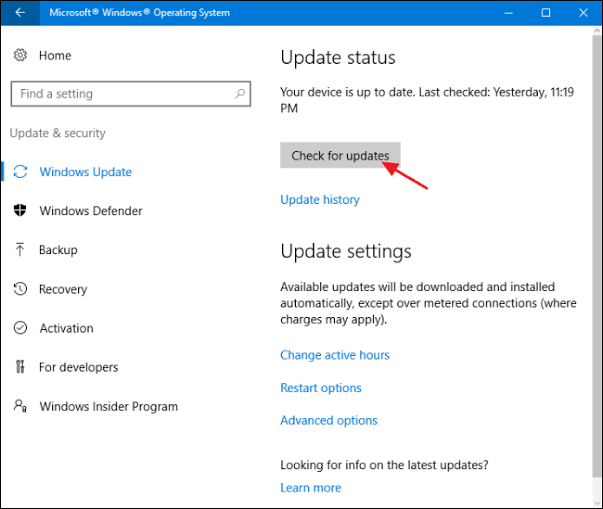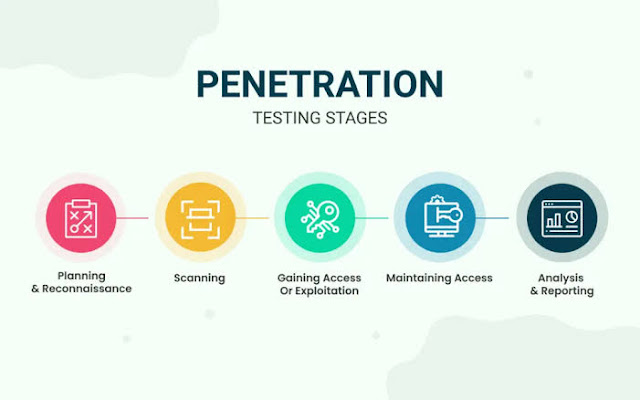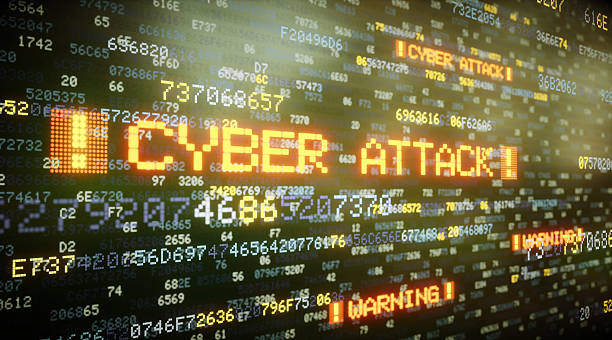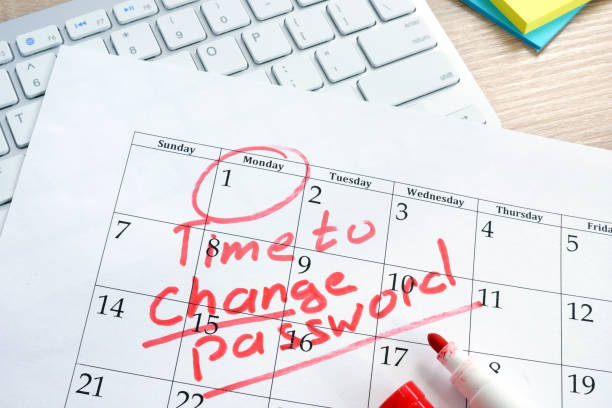In today's world security cyber attacks are more dangerous than ever before. While some cybercriminals still operate at the level of teenagers typing on keyboards and sending messages through an email app, most now have doctorates and work from their desks in offices with air conditioning, electricity and other modern technology. convenience.
These experts know how to exploit every loophole in the system to get into your network and steal data or use it as a springboard for further attacks. To stay protected from these sophisticated attackers and reduce the risk of becoming a target, you need to implement several security measures, you can do this by hiring a Cyber Security Company.
After all, there is no single solution that can address every single cyber threat; rather, there are various strategies that work together to reduce the attack surface while protecting your organization from vulnerabilities. That being said, we've outlined some of the best practices you can adopt to protect your Windows network from cyber threats.
1. Change The Default Password
While it may be tempting to use the same password for multiple accounts and applications, it's not a good idea. As the saying goes, "If the Wall Street bankers don't get it right, don't let your guard down" means that if you want to protect your information and networks from cyberthreats, you need to take the same level of care.
Means apply your own security practices. When it comes to passwords, don't make the mistake of taking simple words and phrases out of context. Instead, use passwords that combine letters, numbers, and symbols. For example, "12345678!@#$%^&*" is a strong password. Change default passwords for applications and accounts to more secure ones.
2. Inform Employees Of Risks And Safety Precautions
For most people, the idea of protecting their workplace from cyberthreats doesn't seem all that important. However, if an attacker successfully penetrates a network, the damage can be devastating. In fact, the cost of a data breach is million of dollars. To prevent this from happening, employees should be educated on the necessary safety precautions.
For example, you can allow employees to change their passwords regularly. You can also tell them to use two-factor authentication whenever possible. B. When you log in from a new device or computer. Additionally, you can regularly scan your computer for potential security risks such as malware and spyware.
3. Encryption Is The Key
Encryption is the most important security tool available on Windows networks. It is effectively unreadable as it is the process of converting data into an unreadable format. The problem is that not all encryption programs are created equal.
Some are easy to crack, while others are so advanced that even well-funded teams of cyber criminals have to work for months to crack them. Additionally, if one of your employees is caught using an unsecured device, that employee may be able to access data stored on the device or network. Visit third-party security review sites like ours to find the best encryption program for your business. We help you choose the right program for your needs.
4. Keep Windows Up To Date
 |
Image Source - Google | Image By How To Geek |
Keeping your Windows software up to date is essential to keeping your network secure. Researchers typically find and fix various vulnerabilities in the Windows operating system when new patches are released. However, these vulnerabilities typically go unnoticed until hackers discover and infiltrate your network, so updating your software is critical to staying protected. You can easily check if your Windows computer is up to date by opening the Settings app, selecting the System icon in the left pane, and looking at the Updates section. Make sure your computer is update.
5. Limit Who Can Access Your Network
Cybercriminals are always looking for networks to break into and use as springboards for further attacks. Some networks are more likely to be attacked than others, but they all share one common trait.You are connected to the Internet.
So before you give your employees or customers Internet access to your network, think about who you want to give access to and for how long. For example, allow remote access for a specific period of time. B. He cancels it for a week at a time. This makes it difficult for attackers to access your network.
6. Implement Strong User Authentication
To prevent hackers from entering your network and stealing your data, you should implement strong user authentication, such as two-factor authentication. Naturally, this is he one of the first security measures that can be implemented in a Windows network.
Two-factor authentication is a security measure that requires users to have two forms of authentication, such as something they have, such as a mobile phone, and her, such as a password, in order to login to their account.
7. Protect Yourself With Network Tools And Other Software
 |
Image Source - Google | Image By Microsoft |
To effectively protect your Windows-based network, you need to make sure your devices are as secure as possible. To do this, you can use advanced security features in Windows 10 or enable hardware-based security on your computer. Network tools and other software can also be used to secure your network.
8. Penetration Testing Can Help
 |
Image Source - Google | Image By TeamCiso |
Pentesting is a type of security testing that focuses on system implementation, configuration, and operation. The pentest program is used to test the security of your system against various types of attacks such as application layer attacks, network layer attacks, and protocol layer attacks. Penetration testing is often performed by ethical hackers or certified penetration testers who use their skill and knowledge to test the security of your system.
 |
Image Source - Google | Image By SecureTriad |
The main purpose of penetration testing is to identify system vulnerabilities and identify how best to improve security. By conducting thorough penetration testing, businesses not only minimize window-based attacks on their networks, but they also identify vulnerabilities that can lead to financial loss. In addition, organizations should track all access requests. This allows you to know who is accessing your network and how they are accessing it.
9. Patching
Finally, it's important to remember that even if you do everything right, your network can still be compromised. Also, the system should be patched as soon as possible to have any chance of stopping the attack. All systems are different when it comes to patching. Some are more likely to be attacked than others, and some are more likely to be overlooked than others.So which systems on your network are most likely to be attacked? is important to know. To identify the systems most likely to be attacked, map your network using an application such as Network Mapper. Tools like Microsoft can also be used to determine which systems need to be patched.
Wrap Up
Update your system as soon as possible to protect against the latest threats. These are just some of the best practices you can implement to protect your Windows-based network from cyberthreats. We hope you enjoy this article if you like this article share with your friends and fellows and keep visiting Viber Tech News A Best Place For Tech Related Content.





















0 Comments